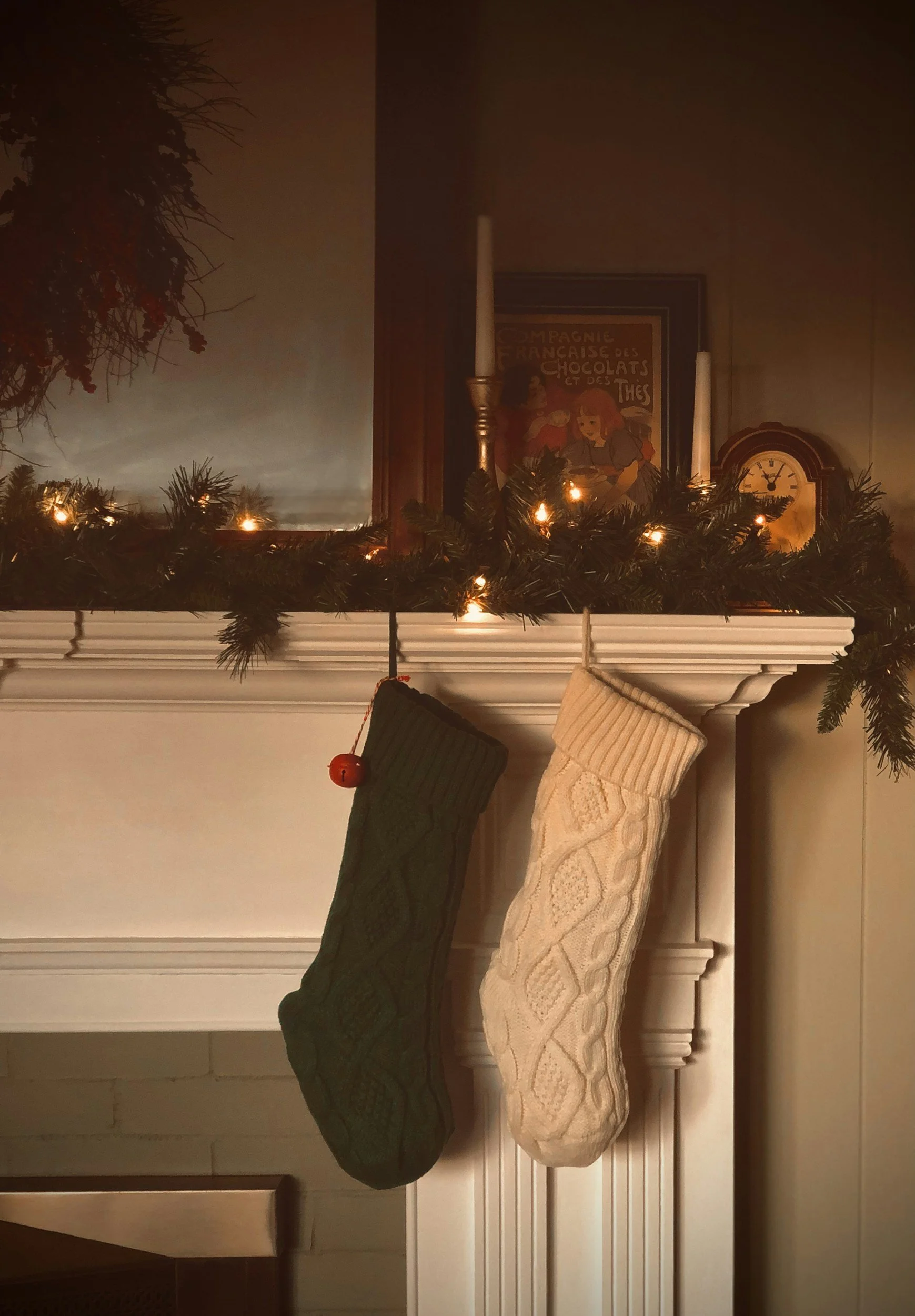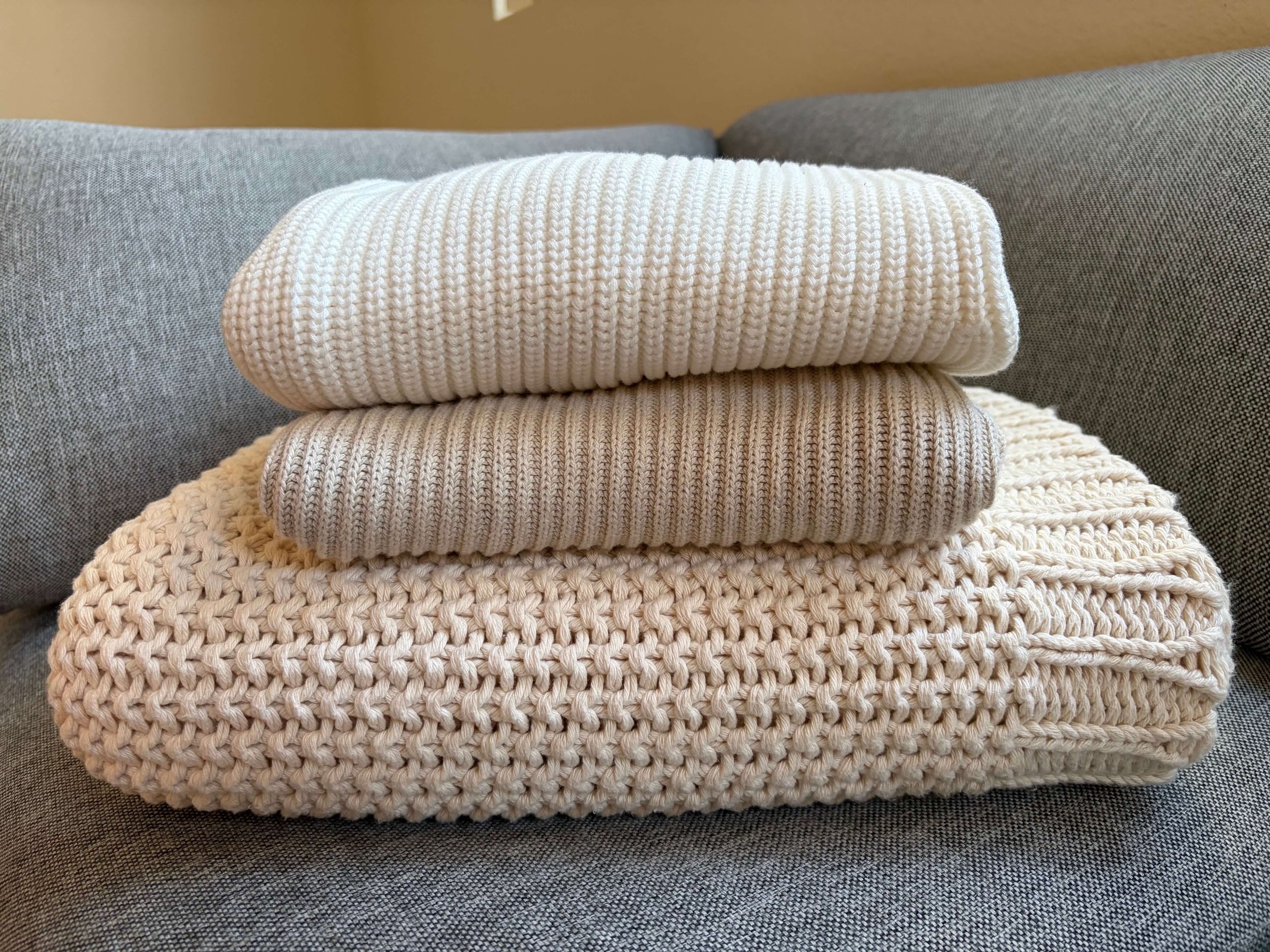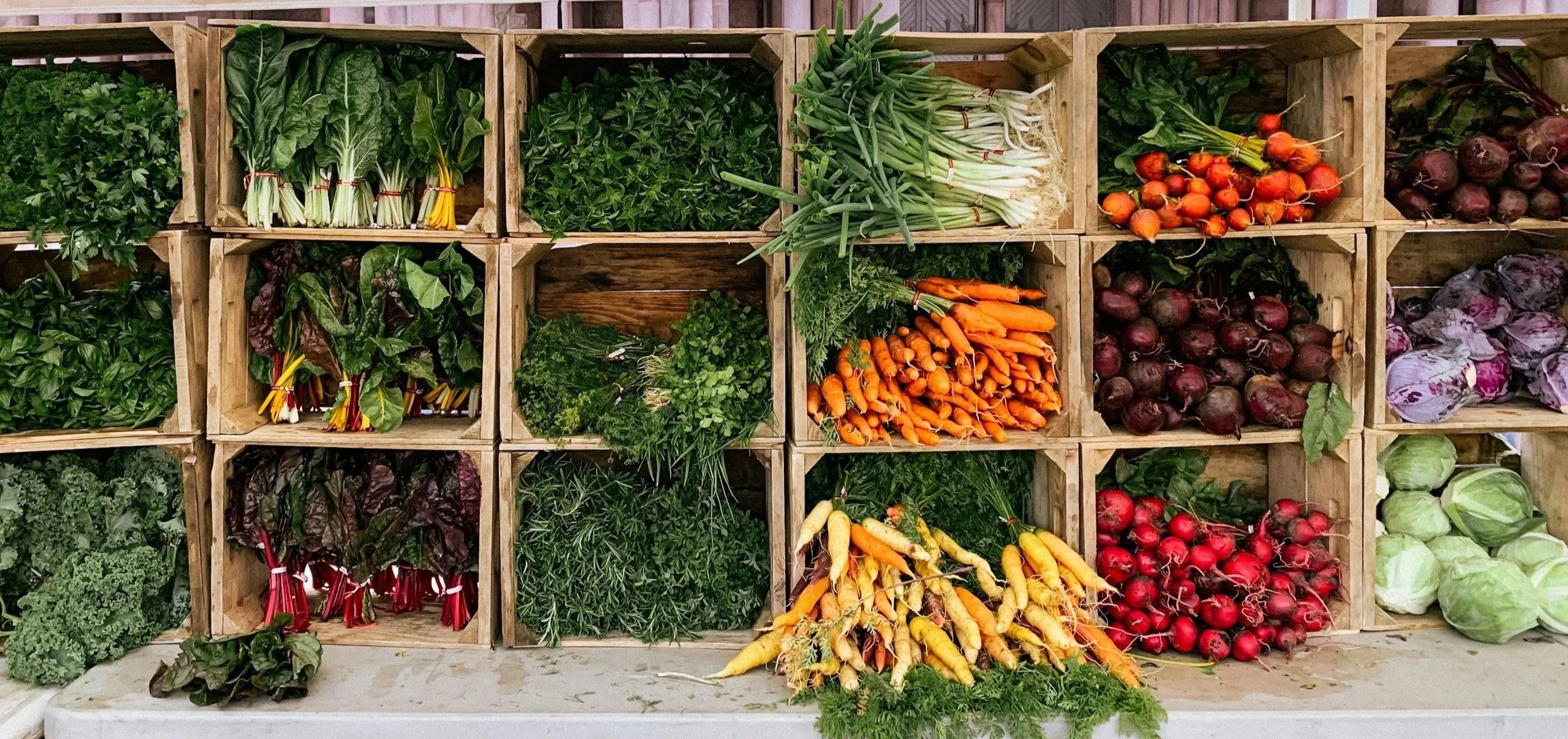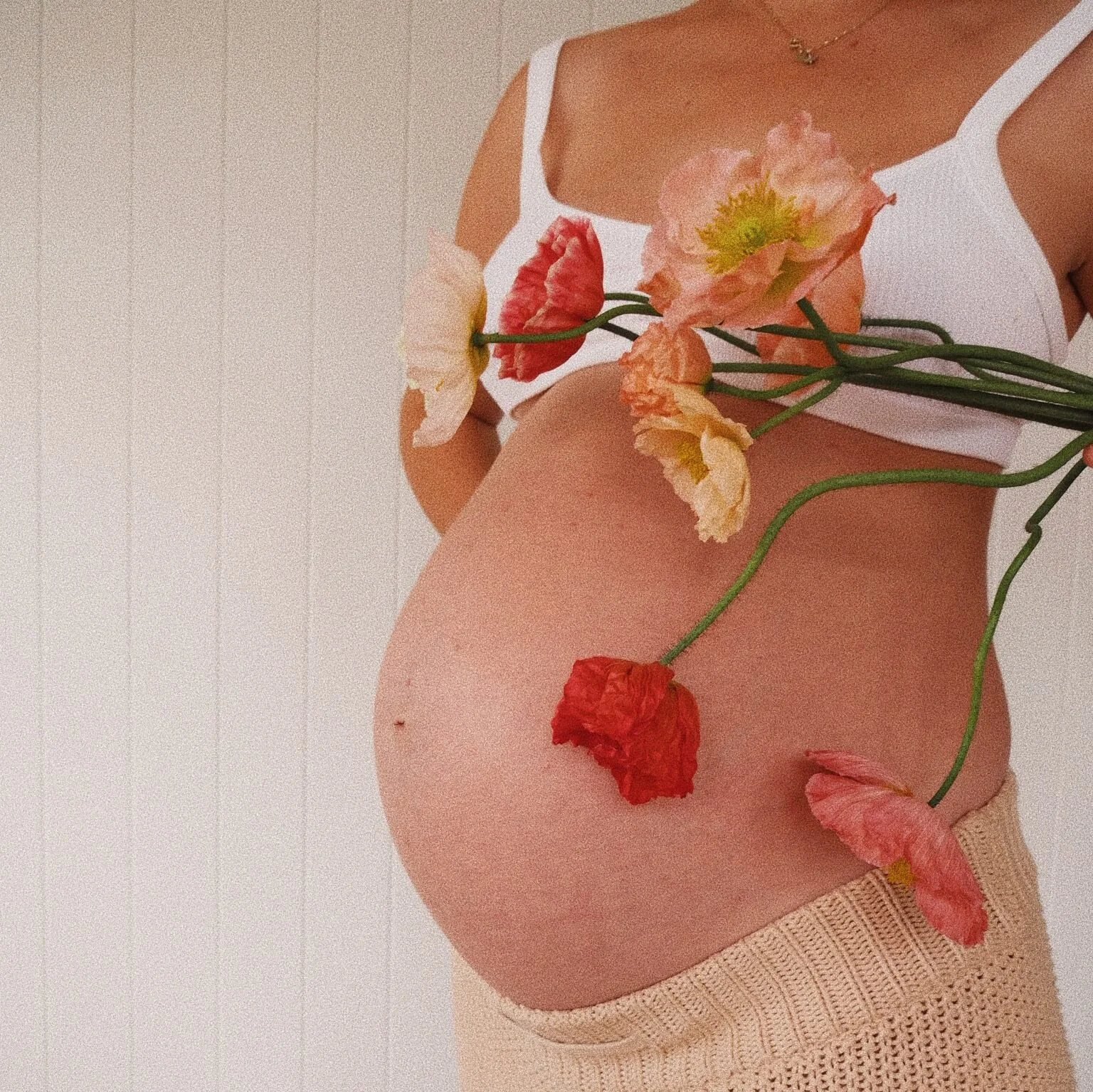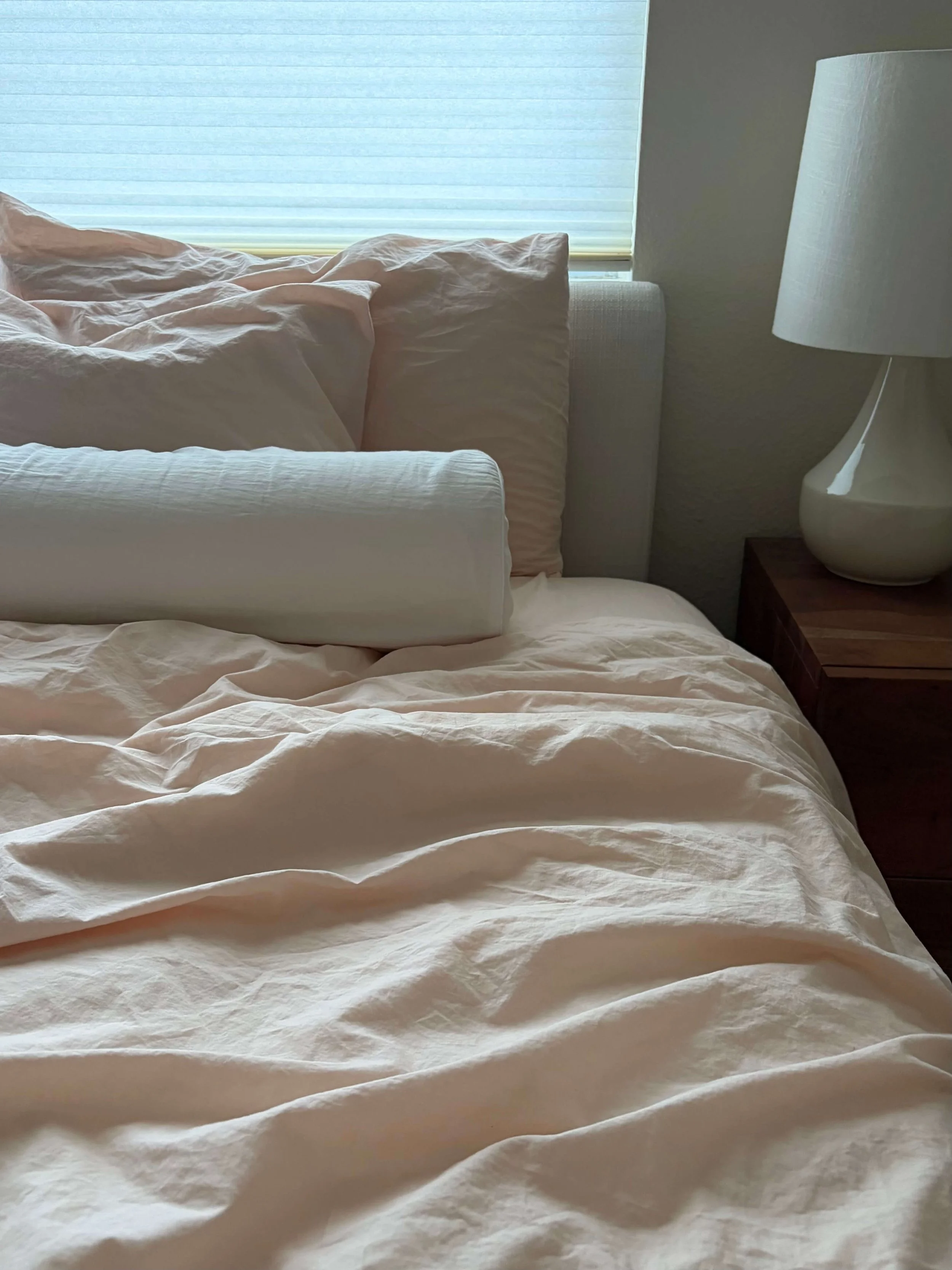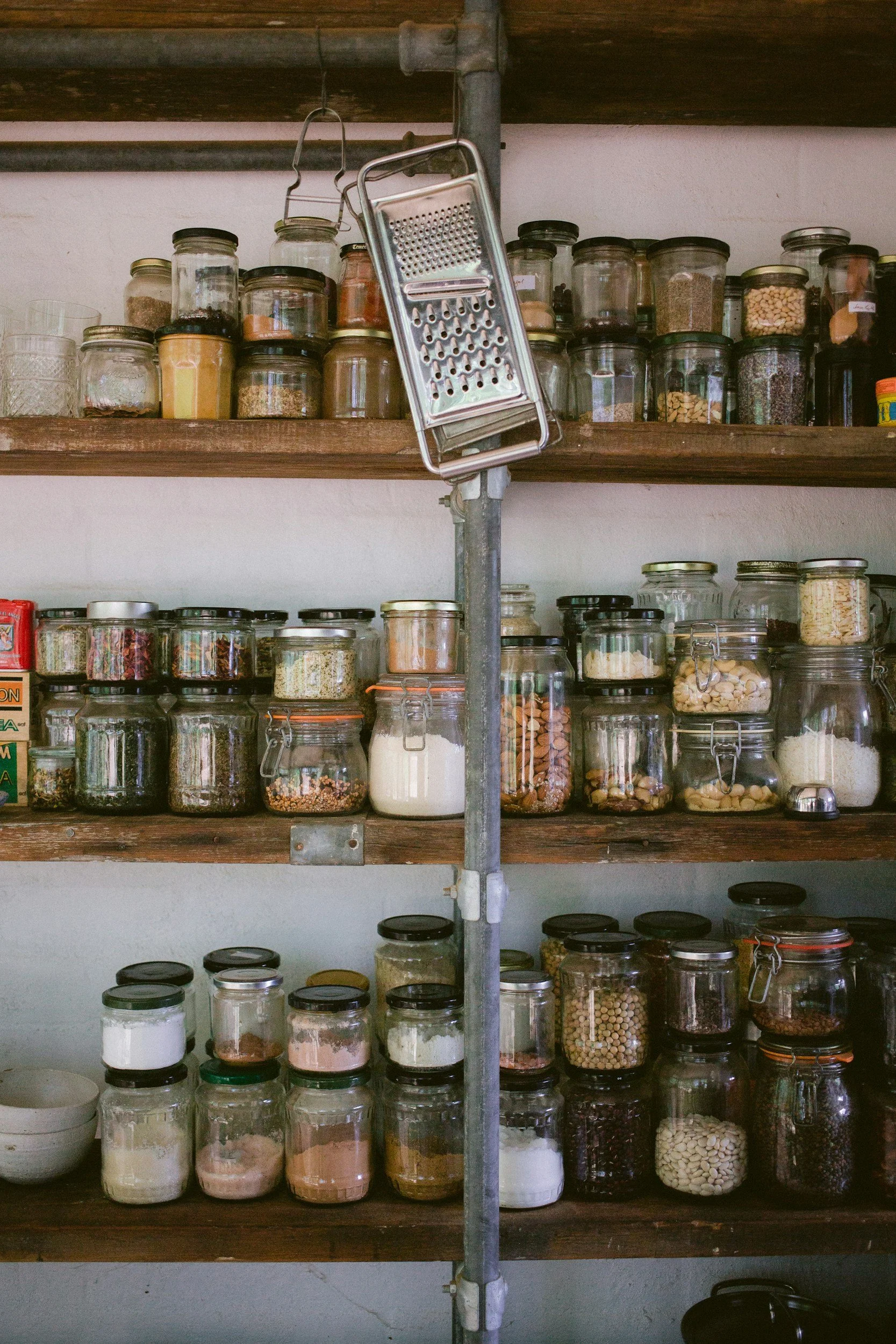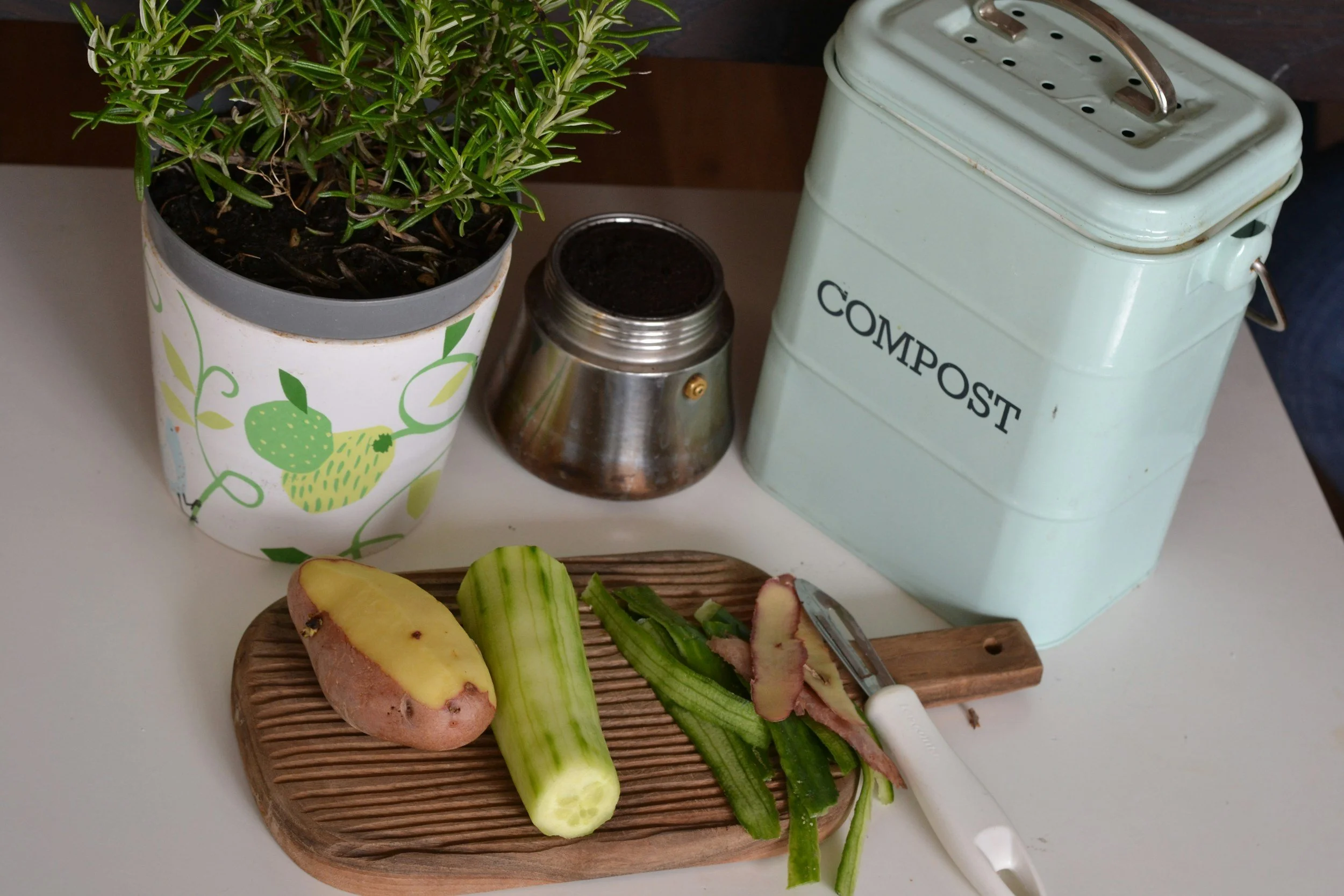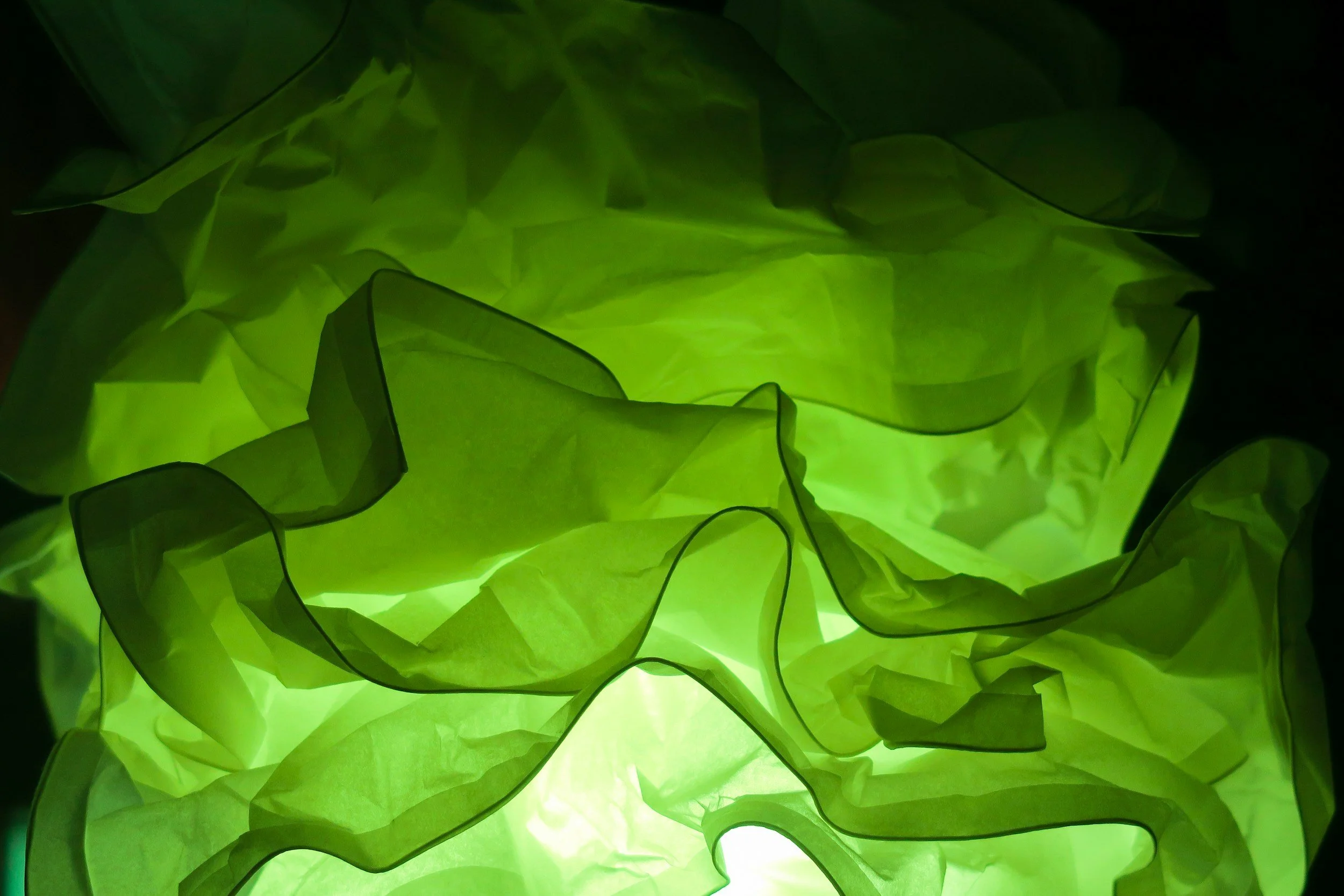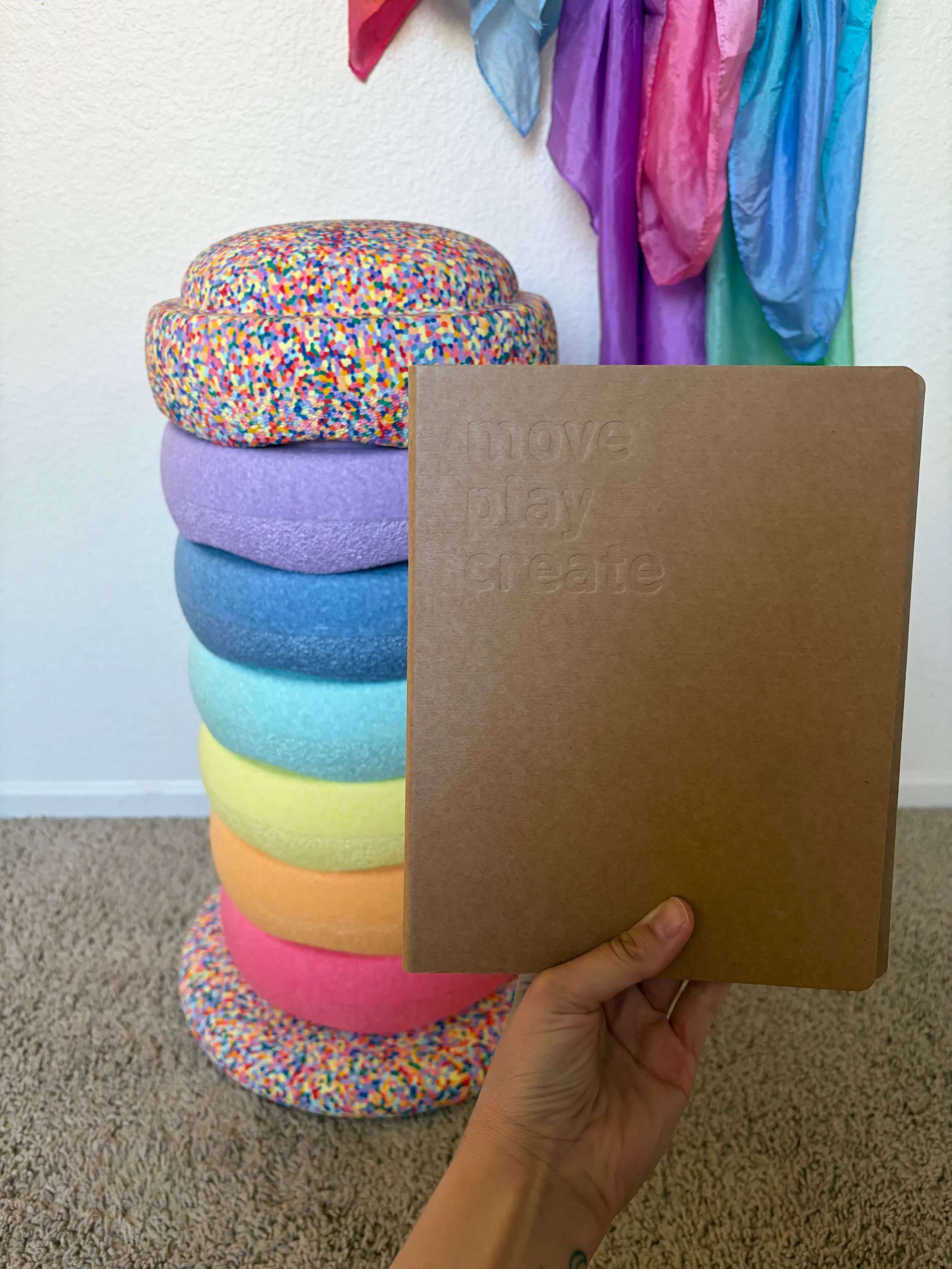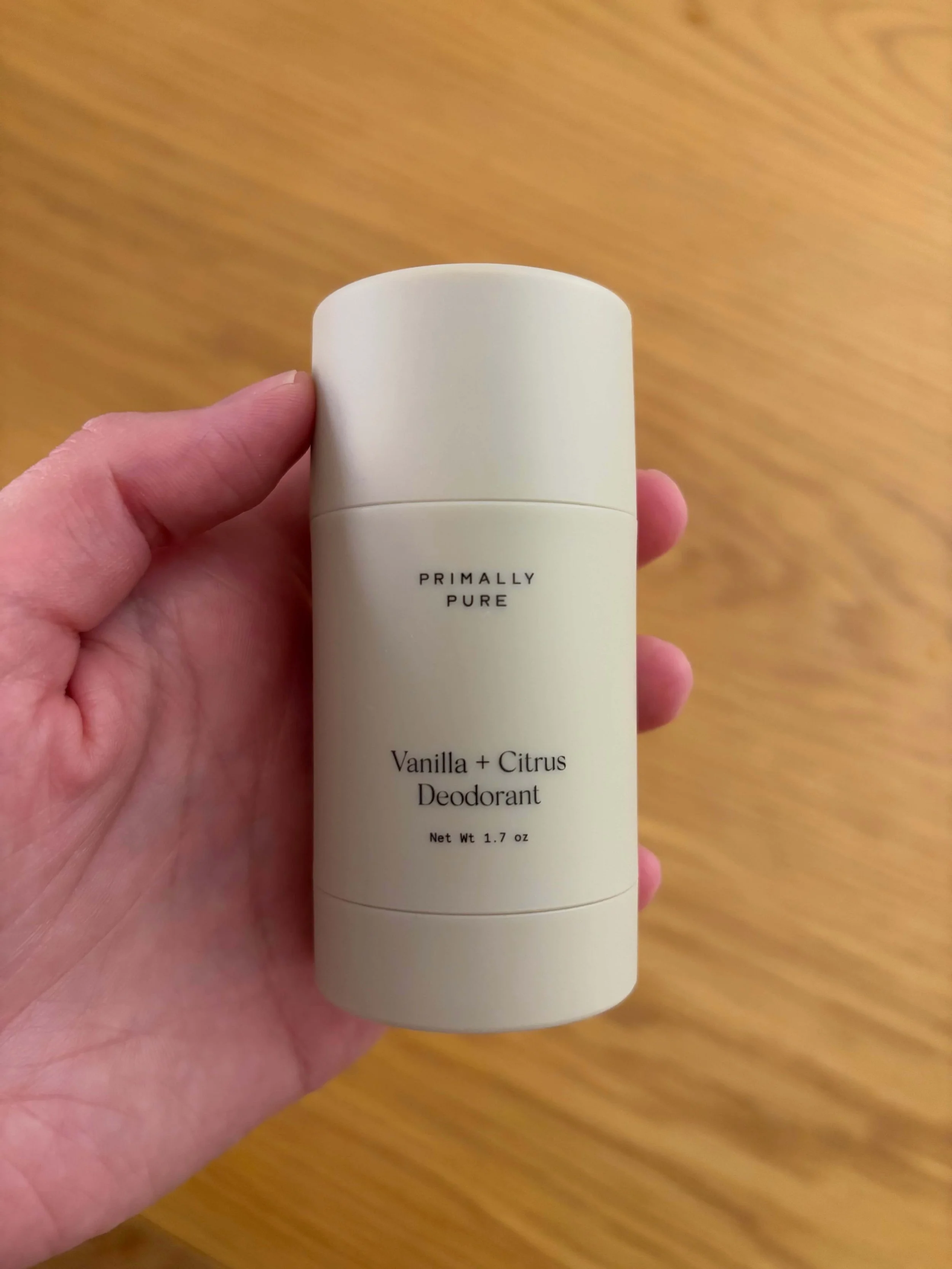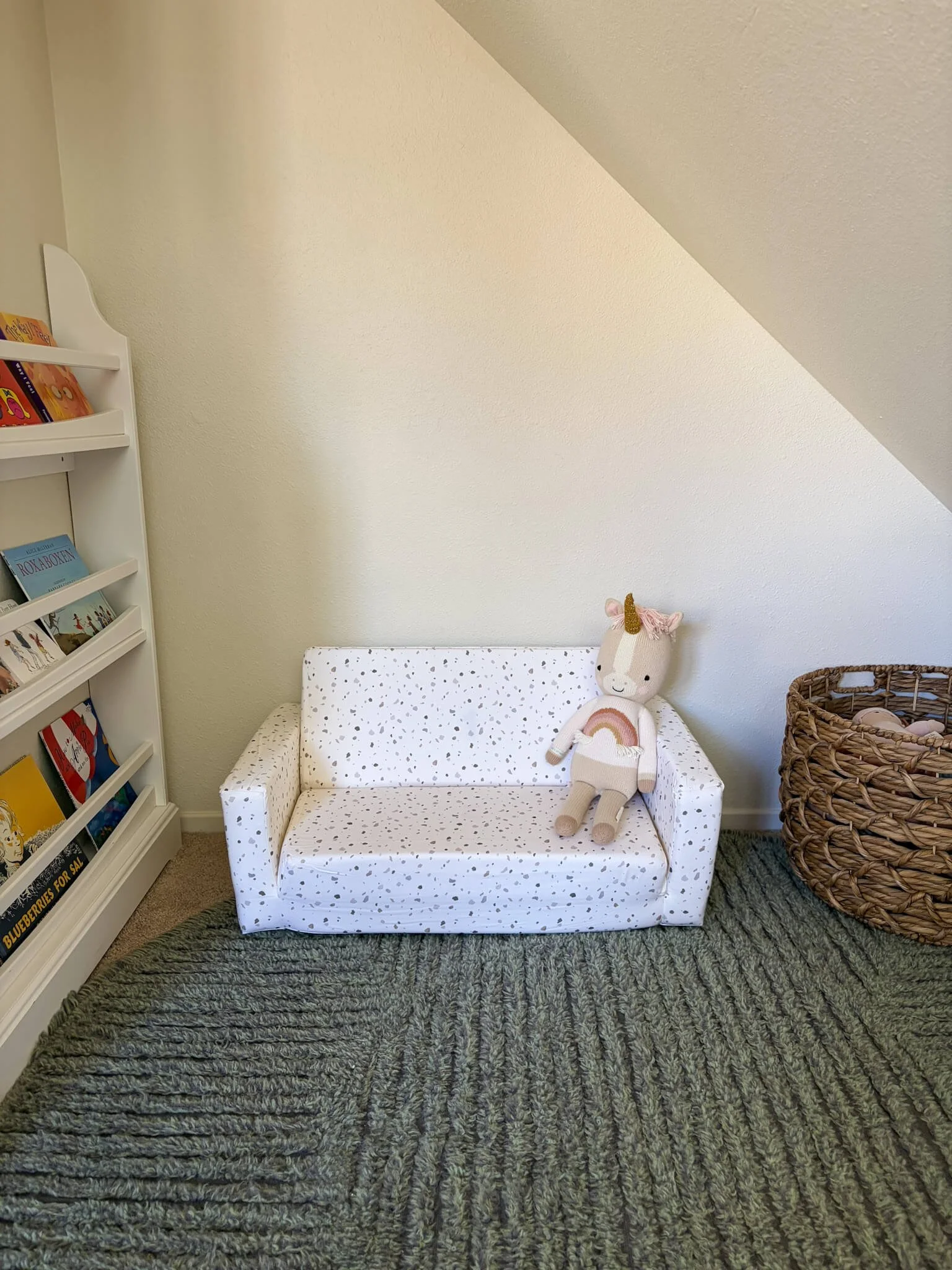Certifications That Actually Matter (and the Ones That Don’t)
If you’ve ever flipped a label and felt overwhelmed by the alphabet soup of eco-certifications, you’re not alone. Between “green,” “eco,” “organic,” and every logo under the sun, it’s hard to know what actually means something and what’s just clever marketing.
I’ve been there too, and that’s why I created this post.
So let’s simplify it. Below are the certifications that actually matter when shopping for non-toxic and sustainable products — and a few that don’t tell you nearly as much as they should.
Why Certifications Matter
Certifications exist to verify a brand’s claims through independent testing and strict standards. They’re basically your shortcut to knowing whether a product is as clean, safe, and as sustainable as it says.
But not all certifications are created equal. Some are rigorous, third-party verified, and transparent. Others are made up by the brand itself (yes, really) or use vague terms that sound nice but don’t guarantee much of anything.
Want to avoid marketing spin? Greenwashing 101 is your quick guide.
The Gold Standards of Non-Toxic + Eco-Friendly Living
These are the certifications you can truly trust — they’re well-established, verified by independent organizations, and have public standards you can check for yourself. When shopping for a new product, I always look for one of these certifications.
B Corp Certification
Granted to companies that meet high standards of social and environmental performance, accountability, and transparency. B Corps are legally required to consider the impact of their decisions on all stakeholders.
Cradle to Cradle Certified™
This certification assesses a product's safety to humans and the environment and design for future life cycles. It encourages the use of safe and renewable materials and the creation of products that can be fully reclaimed or reused.
Fair Trade Certified
Ensures products are made with respect for people and the planet. Fair Trade standards require safe working conditions, fair wages, and no child or forced labor. Many Fair Trade certifications also promote environmentally responsible practices, like reducing chemical use, conserving water, and protecting ecosystems.
Global Organic Latex Standard (GOLS)
If you’re shopping for natural latex mattresses or pillows, this one’s key. GOLS ensures the latex is made from organically grown rubber trees and processed without harmful substances.
Global Organic Textile Standard (GOTS)
The gold standard for organic textiles like bedding and baby clothes. It covers the entire supply chain — from how the cotton is grown to how it’s processed and dyed — and bans harmful chemicals and dyes.
Global Recycled Standard (GRS)
GRS certifies products made with recycled materials. It ensures the recycled content is accurate, verifies responsible social and environmental practices in production, and promotes transparency in the supply chain.
Greenguard Gold
Focused on indoor air quality — it certifies products like furniture, mattresses, and paint for low chemical emissions and off-gassing.
Leadership in Energy and Environmental Design (LEED)
A globally recognized symbol of sustainability achievement, LEED certification is awarded to buildings and communities that are designed, constructed, maintained, and operated for improved environmental and human health performance.
Leaping Bunny Standard / PETA
These certifications indicate that a product and its ingredients were not tested on animals at any stage of development. While important for ethical reasons, these don’t guarantee a product is non-toxic — plenty of “vegan” products still contain synthetic chemicals or fragrance.
MADE SAFE®
One of the most trusted non-toxic certifications for household and personal care products. Every single ingredient is screened against a list of thousands of harmful chemicals.
OEKO-TEX® Standard 100
Tests for over 1,000 harmful chemicals and substances. It’s not organic, but it ensures your fabrics (like sheets, mattresses, or clothing) are free from known toxins.
Organic Content Standard (OCS)
OCS verifies the presence and amount of organic material in a product. It tracks the organic input through the supply chain but does not certify the processing or manufacturing as organic—just the content.
Rainforest Alliance Certified™
Products bearing this seal are grown and harvested on farms that meet rigorous environmental and social standards. The certification promotes biodiversity conservation and sustainable livelihoods.
Responsible Down Standard (RDS)
This certification ensures that down and feathers come from ducks and geese that have been treated ethically. It prohibits live-plucking and force-feeding and tracks the supply chain from farm to final product.
USDA Organic
Regulated by the U.S. Department of Agriculture, this label ensures at least 95% of the ingredients are certified organic. You’ll see this most often on food and skincare.
Confused by “organic” claims? Here’s The Truth About ‘Organic’ Products to clear it up.
Certifications That Sound Good (But Don’t Guarantee Much)
Not every green-sounding seal equals safety. Be cautious with:
Biodegradable or Compostable Claims
These terms sound great but often lack context. Many “biodegradable” materials, for instance, only break down under specific industrial conditions. They also don’t certify that the product is non-toxic.
Brand-Created Seals
Anything that says something like “Eco Certified by [Brand Name]” or “Green Choice Approved” is a red flag. Always look for third-party verification instead of in-house logos.
“Chemical-Free” Labels
This term is misleading since everything is made of chemicals. Unless it specifies which chemicals are absent and is backed by certification, it's a vague marketing term.
“Natural” or “Eco-Friendly” Badges Without Standards
These are often self-declared and have no oversight. Unless they’re backed by a verifiable standard, they’re just marketing fluff. It's essential to look for certifications that have clear, verifiable standards behind them.
“Non-Toxic” Claims Without Certification
Many products claim to be non-toxic but lack third-party verification. Without a recognized certification, such claims are often unsubstantiated and should be approached with caution.
How to Verify a Certification
If you’re unsure whether a brand’s claims are legit, it only takes 30 seconds to confirm whether a certification is real:
Go to the certification’s official website.
Check if the brand or product is listed in their directory.
Look for a certification number on the product itself (many have searchable IDs).
Transparency is key — if you can’t find proof, it’s safer to assume the claim isn’t legit.
My Go-To Certified Brands
When I’m shopping for trustworthy products, these certifications are my north star:
Bedding: GOTS + OEKO-TEX (Nest Bedding)
Skincare: MADE SAFE + USDA Organic (Primally Pure)
Shoes & Apparel: GOTS + Fair Trade Certified (Harvest & Mill)
Furniture: Greenguard Gold (Thuma)
Products for Littles: GOTS, GOLS, OEKO-TEX (Toki Kids, HealthyBaby, Honest Baby Clothing, Little Planet by Carters)
Final Thoughts
Certifications aren’t about chasing perfection — they’re about making informed choices that protect your health and the planet. Once you know which logos actually mean something, it gets much easier to shop confidently (and ignore the noise). I hope this guide helps you feel more confident in which certifications you can trust. I know swapping out products for non-toxic alternatives can feel overwhelming at times, so remember to take it one step at a time — every small change adds up to a whole lot over time!
Quick Tips
Look for third-party verification — never just a brand-created logo.
Prioritize GOTS, MADE SAFE, or Greenguard Gold when possible.
Remember: “eco-friendly” is just a phrase — certifications are proof.
📖 Part 2 of the 7 Days to a Non-Toxic Home Series
Day 1: How to Read a Non-Toxic Label
Day 2: Certifications That Actually Matter
Day 3: The Truth About Organic Products
Day 4: Greenwashing 101: How to Spot It
Day 5: What “Not Toxic” Really Means for Families
Day 6: Sustainable vs. Non-Toxic: Why Both Matter
Day 7: How to Transition to a Non-Toxic Home Without Overwhelm







